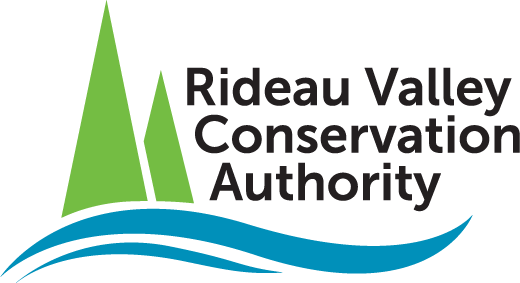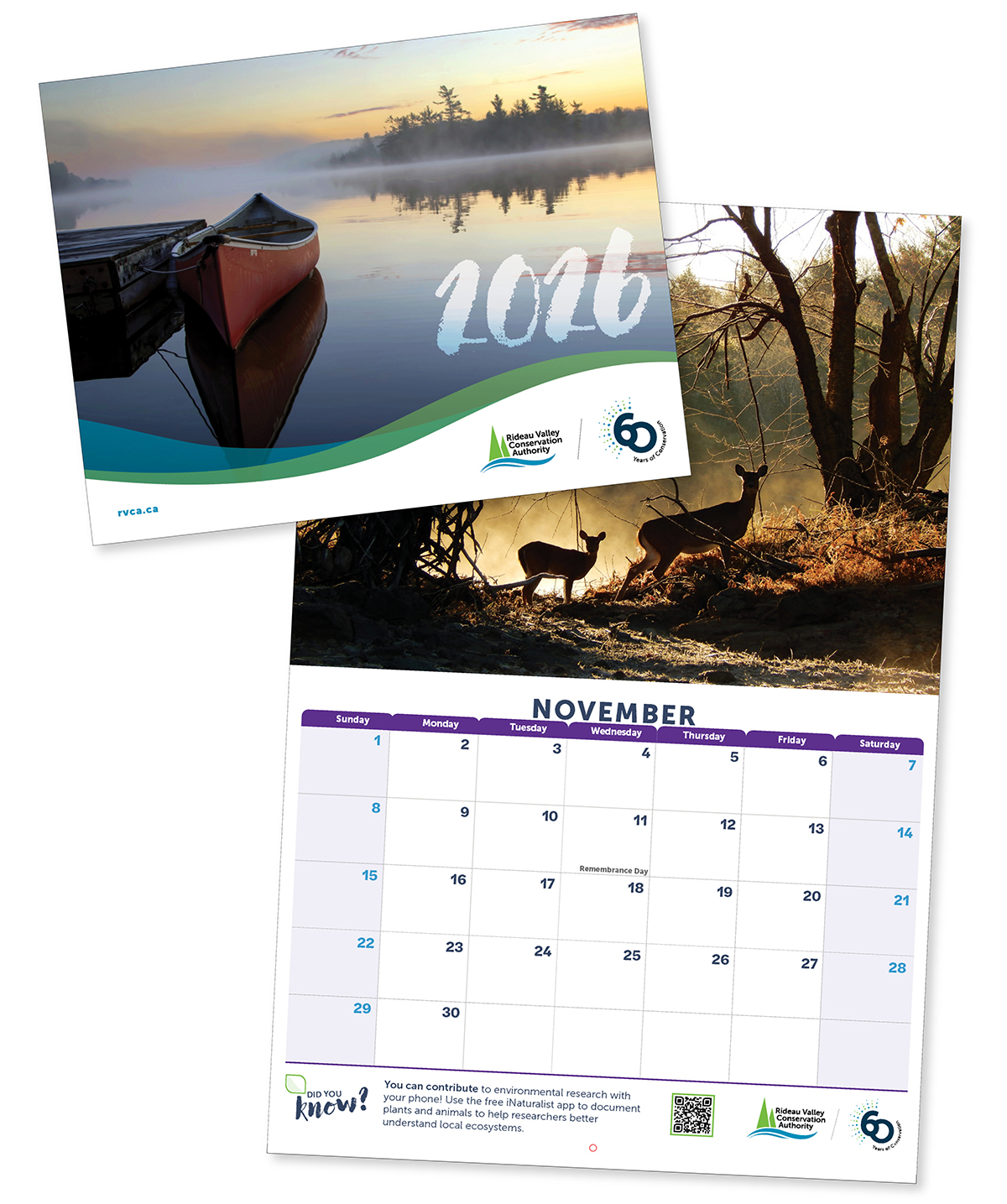Water quality in our local lakes and rivers start right at home, where you wash your car, walk your dog and plant your gardens. The more you can reduce the amount of rain, meltwater and chemicals like fertilizers and detergents that drain into the storm sewer, the better our water quality will be.
Check out our interactive graphic to see which side of the street you're on.

Composting reduces landfill and provides environmentally friendly fertilizer, which reduces the need for chemical fertilizers that can harm our waterways.
Rain barrels reduce stormwater runoff and provide a great source of water for lawns and gardens.
Washing vehicles with a sponge and bucket on the lawn conserves water and allows the runoff to soak into the grass before it reaches the storm drain.
Hand weeding and insect removal removes the need for water-borne pesticides.
Proper pet waste disposal helps control bacteria entering our waterways and improves water quality.
Open surface driveways (crushed or interlocking stone) reduce runoff and replenish groundwater.
Open flower beds and gardens help to reduce runoff and replenish groundwater supplies.
Sweeping soil and vegetation away from pavement and drains discourages silt from entering the water.
Washing your driveway with a hose flushes contaminants into our waterways and wastes water.
Pet poop left on the lawn contributes to water-borne bacteria levels.
Washing your car on the driveway carries contaminants directly into the storm sewer - and into our rivers and streams.
Improper storage and disposal of pesticides can contaminate water supplies.
Large lawns cut short are less effective in reducing runoff.
Careless fertilization adds phosphorus to waterways, which can lead to algae blooms and other negative ecosystem impacts.
Short eavestrough extensions can contribute to runoff through weeping tile drainage around foundations.
Burning leaves releases contaminants into the air and may require a permit.
Exposed soil (no mulch or plants) often erodes into the waterways.
For more information about water quality and to learn about our stewardship grants for property owners, visit Rural Clean Water Grants


